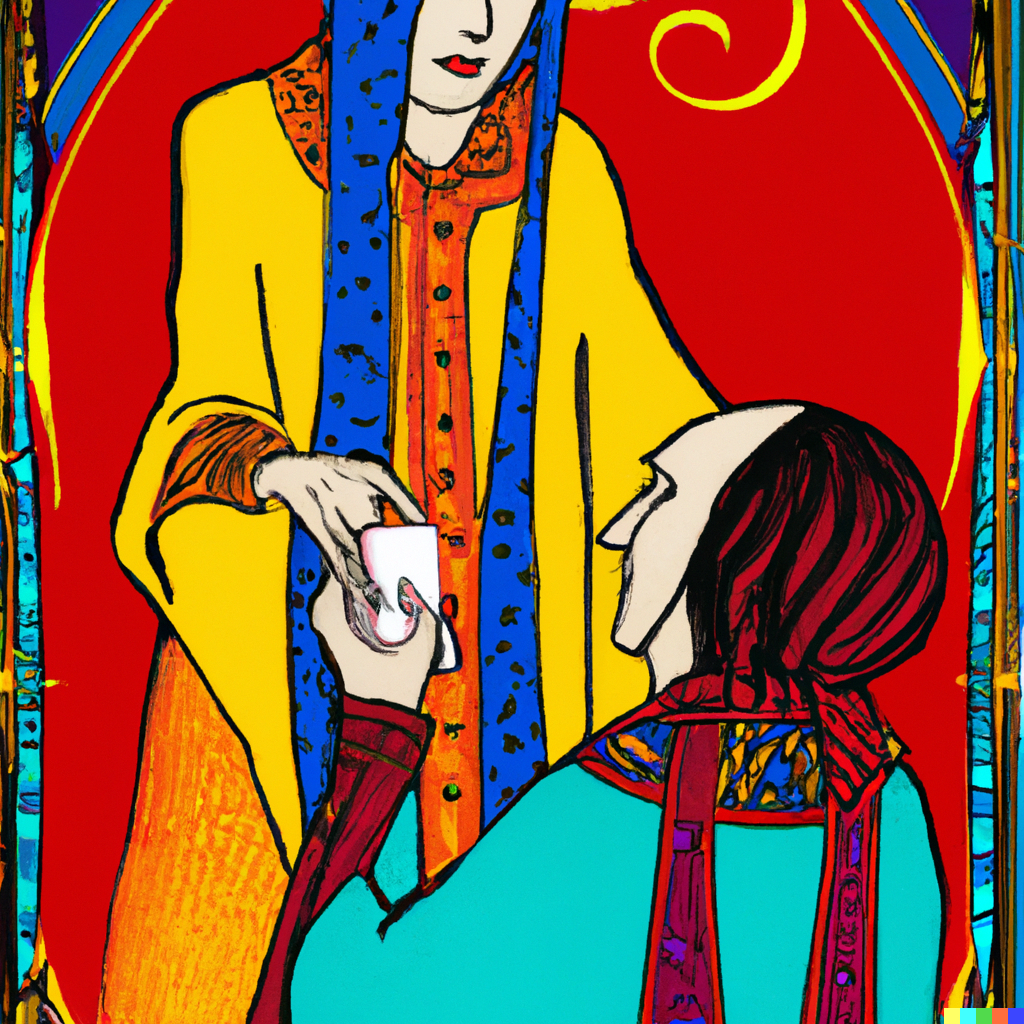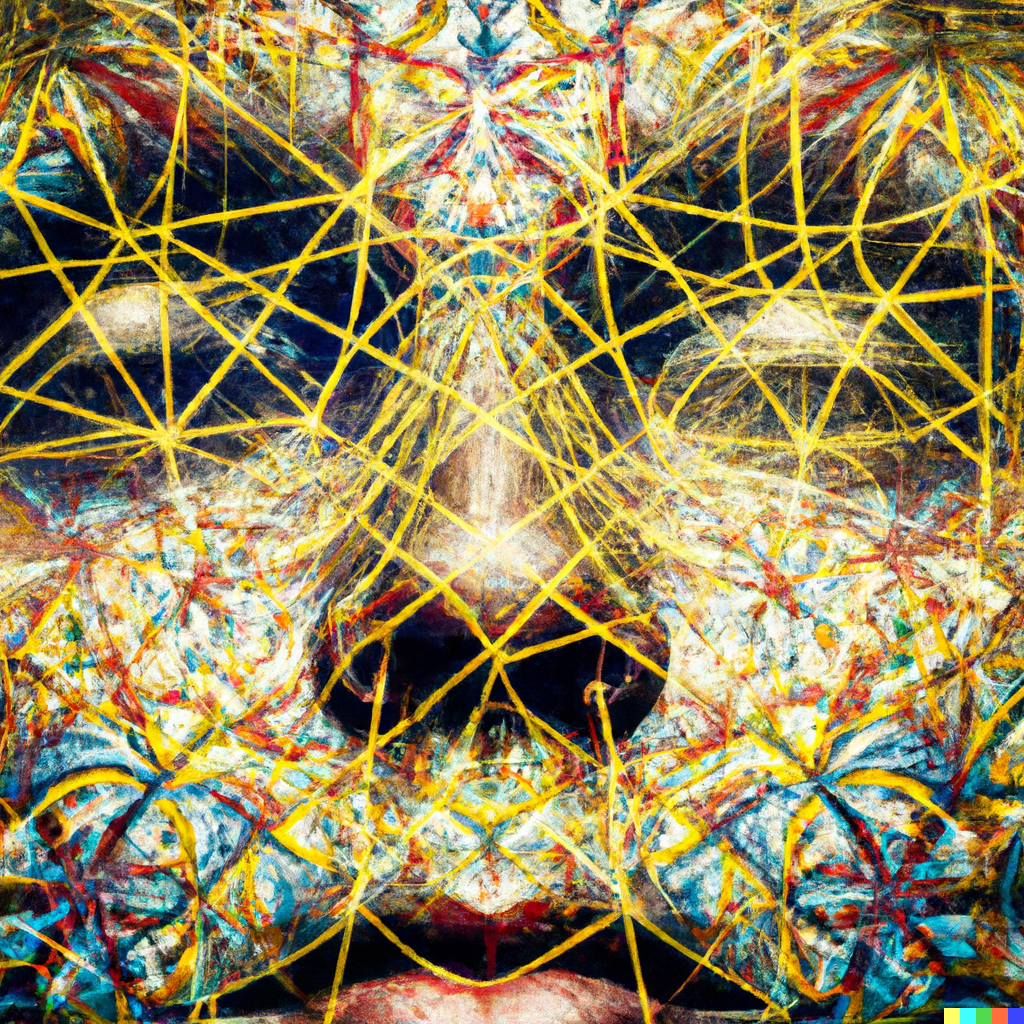Introduction
Tarot card reading has captivated the minds of people for centuries, offering a unique window into the world of the unseen and the mystical. From its humble beginnings to its widespread use today, tarot has come a long way, with its origins shrouded in mystery. In this article, we will explore the fascinating history of tarot card reading and its evolution through the ages.
- Origins of Tarot Cards
The origins of tarot cards are not entirely clear, but it is widely believed that they first emerged in Europe during the late 14th or early 15th century. The oldest surviving tarot cards can be traced back to Italy, with the Visconti-Sforza deck commissioned by the Duke of Milan, Filippo Maria Visconti, around 1440.
Initially, tarot cards were used for playing games, such as the Italian game of tarocchi, rather than for divination purposes. It wasn’t until the 18th century that tarot cards began to be associated with mystical and esoteric meanings, and their use as a divination tool became more prevalent.
- Tarot and the Occult
Tarot’s association with the occult began in the 18th century when French occultist Antoine Court de Gébelin published a series of writings claiming that the tarot cards held secret knowledge from ancient Egyptian civilization. This theory, although not supported by historical evidence, sparked widespread interest in the tarot as a tool for divination and self-discovery.
In the 19th century, tarot’s association with the occult continued to grow, with prominent occultists like Eliphas Lévi and Éliphas Lévi Zahed incorporating tarot into their teachings. Lévi, in particular, was influential in linking the tarot to the Kabbalah, a form of Jewish mysticism, and establishing the connection between the tarot and the esoteric traditions of the Western world.
- The Rider-Waite-Smith Deck
One of the most significant milestones in the history of tarot card reading was the publication of the Rider-Waite-Smith deck in 1909. Created by British occultist A.E. Waite and illustrated by Pamela Colman Smith, the Rider-Waite-Smith deck revolutionized the tarot by introducing detailed, symbolic imagery on all 78 cards, making it easier for readers to interpret the cards’ meanings intuitively.
The Rider-Waite-Smith deck has since become the most widely used and recognized tarot deck in the world, serving as the basis for many modern decks and inspiring countless variations.
- Tarot in the Modern Era
In the 20th century, tarot card reading continued to gain popularity, with the New Age movement and the rise of interest in spirituality and self-exploration further propelling tarot into mainstream culture. Today, tarot cards are used by millions of people worldwide as a tool for self-reflection, personal growth, and divination.
Conclusion
The history of tarot card reading is a fascinating journey that has taken the cards from their early beginnings as a simple card game to their current status as a globally recognized tool for spiritual exploration and divination. With roots in various cultural and esoteric traditions, tarot continues to captivate and inspire people from all walks of life, offering a unique means of understanding the world and our place in it.


